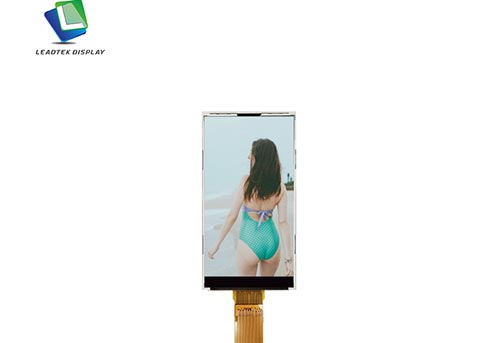Are transflective displays good?
Transflective displays have both advantages and disadvantages. Here's an overview to help you understand if they're "good" for specific use cases:
Advantages of transflective displays:
1. Visibility in various lighting conditions: They work well in both bright sunlight and low light environments.2. Energy efficiency: They use less power than traditional backlit displays, especially in bright environments.
3. Outdoor readability: Excellent for devices used outdoors frequently.
4. Reduced eye strain: The reflective mode is easier on the eyes in bright conditions.
Disadvantage of transflective displays:
1. Lower contrast ratio: Typically have lower contrast compared to purely transmissive displays.2. Color reproduction: Colors may appear less vibrant, especially in reflective mode.
3. Resolution limitations: Often have lower resolutions than other display types.
4. Cost: Can be more expensive to manufacture than standard LCD displays.
- They're excellent for outdoor use devices like GPS units, smartwatches, and e-readers.
- They're beneficial for devices that need to conserve battery power.
- They may not be ideal for applications requiring high color accuracy or contrast, like professional photo editing.
In summary, transflective displays are good for specific use cases where readability in various lighting conditions and power efficiency are priorities. However, they may not be the best choice for all applications due to their limitations in color reproduction and contrast.




 Skype
Skype WhatsApp
WhatsApp Email
Email Inquiry
Inquiry WeChat
WeChat
 TOP
TOP